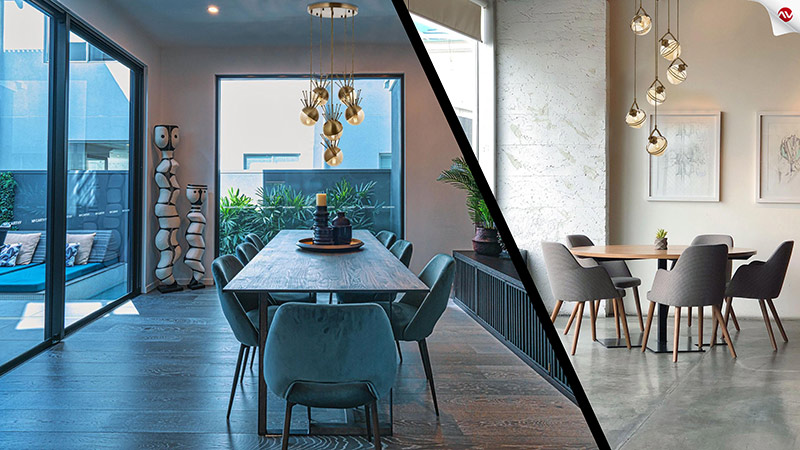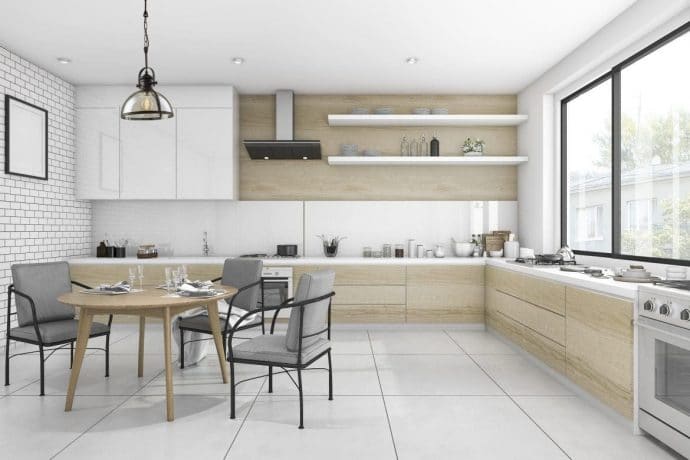Due to the COVID-19 epidemic that affected the whole world, many people started working from home. Are you also among those who prefer to voluntarily work from home? Did you have to convert a part of your home into an office environment while working on a desk in an office environment before?
You chose your home’s lighting for relaxation, but now what changes do you need to make to work? If you do not arrange lighting for the Home Office and work with bad lighting, your efficiency will decrease, your energy will decrease, you will experience eye fatigue and headaches, so you will lose your ability and desire to work.
Quality of Light
Color Temperature
Lighting used in homes is made with 3000K color temperature bulbs with a higher relaxing effect. In office environments, lightings with a higher energy level and 6500K color temperature are used to keep employees more vigorous. If you have a special lighting that illuminates your table instead of changing the light bulbs of your home, replace the light in this lighting device with a 6500K light color bulb. If you don’t have such lighting, getting a desk lamp can be a great solution.
CRI (Color Rendering Index)
If you are working on a job where object colors are very important (photography, fabric work, painting work, etc.), then you need a high CRI lighting that will show the colors of the objects in the most accurate way.
Avoid glare
The negative effect of a bright light source or its reflection on our vision is called glare. Lack of light negatively affects our ability to see but also too much light negatively affects our ability to see. The direct exposure of the light source to our eyes is one of the most common glare problems we encounter.
In order to prevent glare, we should prevent more than desired light from coming to your work table or your computer by changing the position, direction or your own sitting position and direction of the table we will use in our home.
A light source placed behind you while working on your computer will create an annoying glare on your monitor.
Another easy way to avoid glare is to cover our chandeliers bulbs with a lampshade to give them a softer light.
There should be stable lighting
The light emitted by the light source should be constant, that is, it should not vibrate. Sudden changes in the light source depending on time are defined as flicker. Working in an illuminated area with a flickering light source causes eye fatigue. Although we do not notice these flickers, our eyes transmit these flickers to our brain. Such flickers can cause eye distortion or headaches in some people. Choose bulbs that do not flicker.
Take advantage of the daylight
Don’t overlook the benefit of natural light coming from your window. Sunlight produces warm lighting that improves the working environment.
You may want to consider setting your desk right in front of your window to take advantage of daylight.

On the other hand, you may need to factor in direct sunlight that can glare on your desk at certain times of the day. Yes, glossy surfaces can be an issue at times, but try working in a controlled manner in natural light and let it blend beautifully with artificial lighting. It is a suitable solution to align your work desk in the north or south directions so that the daylight does not create shadows at any time of the day.
Don’t stay home all day if your table isn’t on the windowsill. Create an excuse, if you do not have a garden, take advantage of the daylight by going out to the balcony. If all the lighting in your work room consists of fluorescent light bulbs, either replace these bulbs or add additional non-fluorescent lighting. Remember, working only under fluorescent lamps can trigger your migraine pain.










